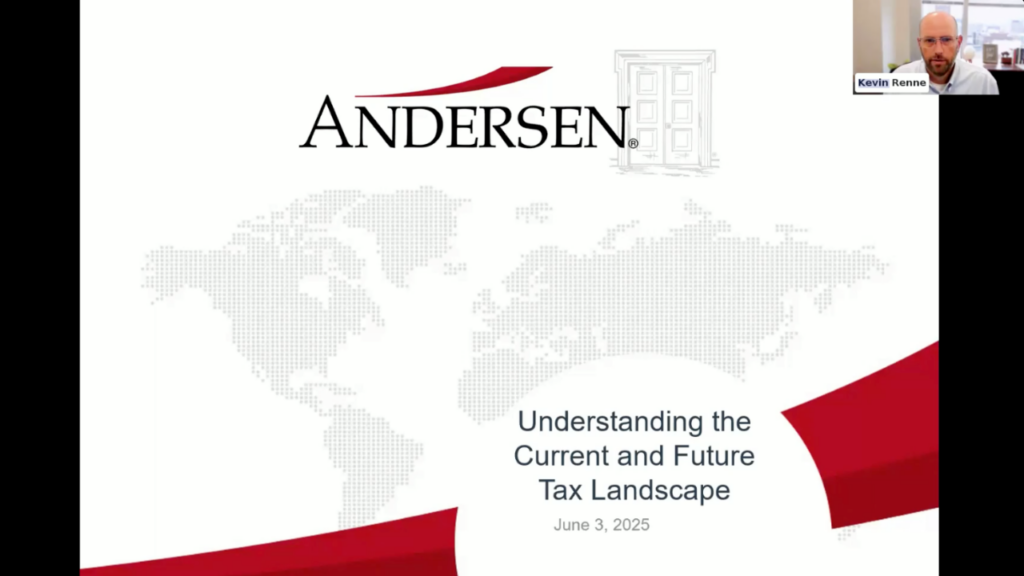Though the divorce statistics in the United States are generally trending lower, one demographic bucking this trend comprises persons 50+ in marriages that have lasted 20 years or more. In fact, during the period 1990–2021, as divorce rates were dropping for those 45 and younger, the rate tripled for those 65 and older. This trend toward “gray divorce” is particularly compelling, since those in these unions are more likely than younger persons to have significant assets.
While dividing the assets of the marital estate is almost always a stressful event for everyone involved, the process deserves special attention for those who have inherited significant assets. In community property states, any property acquired during the marriage is considered marital property—sometimes called community property—and is thus subject to division in the divorce proceedings. Property that was owned by one of the partners prior to the marriage can be excluded from the marital estate, as can property that was inherited by one of the partners, even if the inheritance occurred during the marriage.
On the other hand, in common-law states, property that is acquired during the marriage but that is titled in the name of one spouse or the other remains the property of that spouse. Sometimes, in both community property and common-law states, a pre-nuptial agreement is signed before the marriage for the purpose of specifically excluding from the marital estate assets that are owned by one or the other partner. In certain situations, a post-nuptial agreement may also be executed.
As you can see, it is important to remember that estate laws, which govern the disposition of assets in a divorce, vary from state to state. Probably one of the most important facts to know is whether your state is a community-property or a common-law state.
Protecting Inherited Property
Perhaps the greatest danger to inherited property in a divorce is commingling. If inherited property becomes commingled with marital property, it can be considered part of the marital estate and thus subject to division.
One example of commingling could be an account into which one spouse deposits inherited cash in the amount of $50,000. If the other spouse deposits an additional $50,000, the account would now be worth $100,000. Suppose the couple divorces ten years later, after the account has earned $7,000 in interest. $50,000 of the account would be considered separate property of the spouse who deposited the inheritance, but the other $57,000—the amount of the second spouse’s deposit plus the interest earned on the total—would be community property and would be subject to division.
Another example could be that the two spouses use funds from a joint account to pay for improvements or repairs on a house that was inherited by one spouse. Because marital property has been expended on the inherited property, some portion of the property’s value could be deemed marital property and thus subject to division.
To create an equitable solution to such situations, courts will sometimes use a tracing method to determine the origin, ownership, and use of assets. Financial records are reviewed to determine the flow of assets and the amount of the financial interest in the property attributable to each spouse.
Clearly, navigating such issues can be time-consuming and expensive. So, in cases where property has been inherited, the best protection against commingling may be the use of a pre-nuptial agreement (if the property was inherited before the marriage began). In cases where the inheritance was received after the marriage began, the inheritor may wish to utilize a post-nuptial agreement to specify and define the inherited property, keeping it separate from the marital estate. Otherwise, segregating the inherited assets in a separate account titled only in the name of the inheritor can also provide protection. Care should be taken, however, that the assets are not used to pay marital expenses or to purchase assets that will be jointly owned; such actions can create the basis for the legal argument that the property has been used for the benefit of the marital estate and is thus de facto community property and subject to division.
At JFS Wealth Advisors, we know that estate and divorce or separation considerations can be complex, confusing, and difficult to discuss. If you have questions, we are here to help you find the answers you need. Please contact us.
Disclosure: JFS is not a law firm and does not provide legal services. These materials are for informational purposes only and should not be construed as legal advice. If you require legal advice, please consult with a licensed attorney.




















